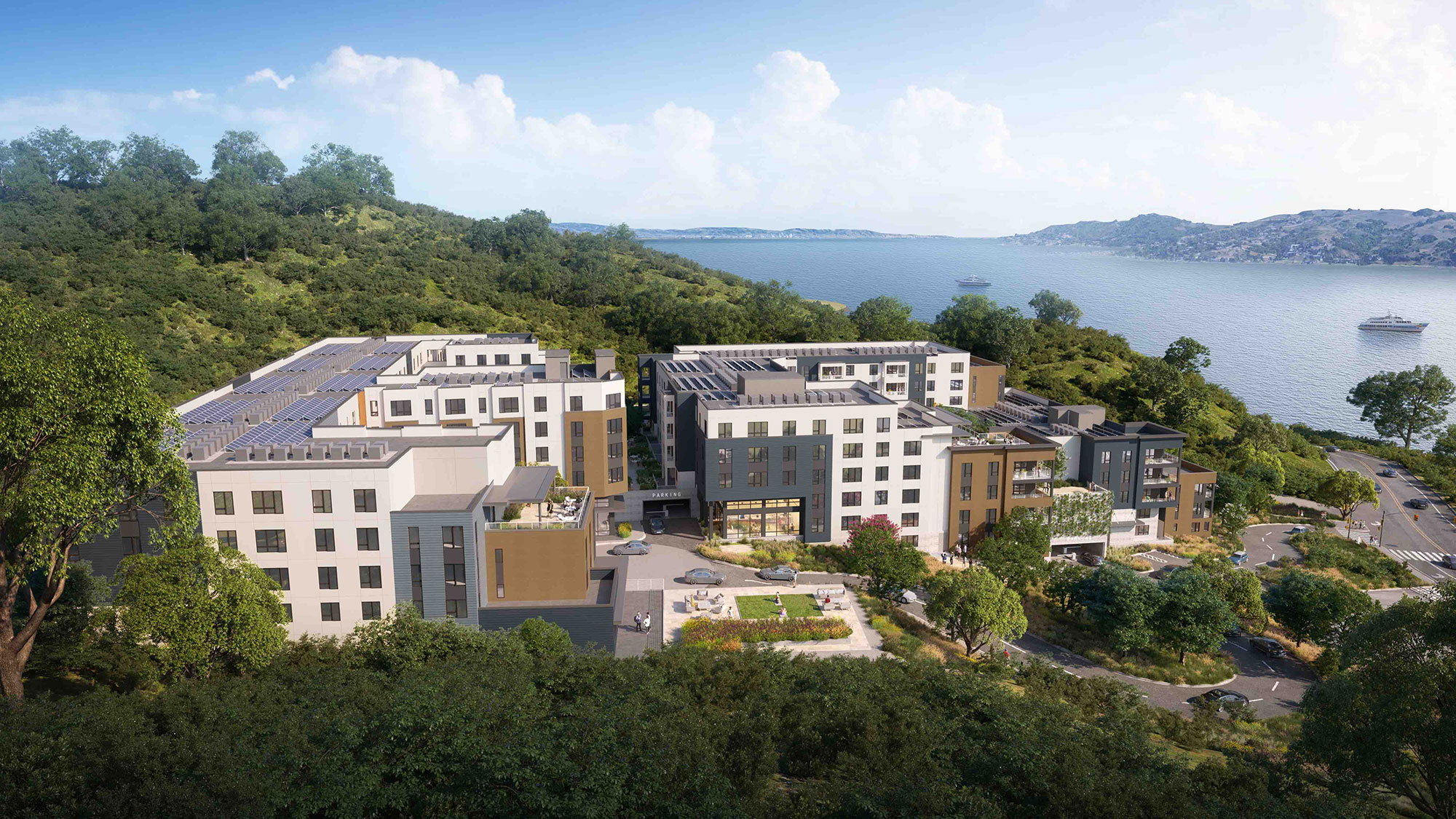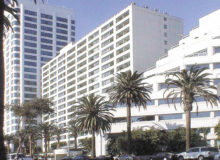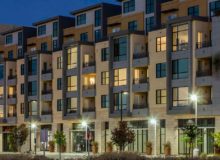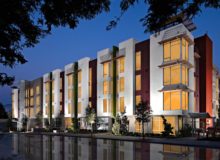Marin Independent Journal
April 21, 2023
Keri Brenner
The Marin County Board of Education has signed off on the formation of a joint powers authority to develop a workforce housing complex near San Quentin State Prison.
“Marin County Office of Education is honored to be partnering with the county of Marin, on behalf of Marin’s public schools, in this important project,” said Ken Lippi, a deputy superintendent in the county office.
“The high cost of housing and living in Marin presents significant challenges in attracting and retaining high-quality staff for our schools,” Lippi said in an email. “This is especially true as we … strive to bring more educators of color into Marin to better address the changing demographics in our schools.”
The deal was approved by the education panel on April 11. The county approved the agreement on March 7.
The Oak Hill Apartments complex is earmarked for 8.5 acres of state-owned land in unincorporated Marin north of Sir Francis Drake Boulevard and next to the prison. When completed in about 2026, the development will include 135 apartments for county and school workers and 115 apartments for lower-income residents.
The joint powers authority, to be known as the Marin County Public Financing Authority, will administer the workforce housing segment, allocating 75% of those apartments for low-to-moderate-income school workers and 25% for county government employees via a lottery system.
The 115 apartments for lower-income residents will be developed by Eden Housing and administered under traditional affordable housing guidelines.
The entire 250-unit complex is estimated to cost between $200 million and $225 million, officials said. Financing is expected to be through tax-exempt bonds and would have no direct fiscal impact to county taxpayers. The tax-exempt bonds would be repaid by property operations, officials said.
Hyacinth Hinojosa, a deputy county administrator, said Marin officials see Oak Hill “as a model that might serve to do other workforce developments with organizations, additional school districts or other agencies to focus on workforce housing.”
He said it is the county’s “priority to have workforce housing for public servants who serve our community.” It is the largest such project in Marin in recent memory, he said.
“We’re very excited about this project for a number of reasons,” he said. “We think it will help with employee recruitment and retention and will also bring greater diversity.”
Hinojosa said the next step will be for the two county agencies to appoint an executive director and board members for the JPA. The initial plan is to have three board members who are from county government and two from the education office, with that configuration alternating every two years.
Joanna Julian, of Mill Valley-based developers Thompson Dorfman LLC, said her firm will work with the JPA to develop the workforce housing piece of Oak Hill under its nonprofit arm, Education Housing Partners. The nonprofit has already developed several education-related workforce housing projects in Santa Clara and San Mateo counties, she said.
“It’s truly innovative, just in its scale, and also as a partnership between the two Marin County entities creating the new JPA — and being built on state-owned land,” Julian said. “It’s a partnership along government lines on multiple levels.”
Julian said the next step in the construction approval process is for the state to certify a final environmental impact report, tentatively expected to happen in June.
The draft EIR was published by the state on Feb. 22. It is available at bit.ly/41ArwrN.
Although there were no significant environmental impacts identified in the draft report, some of the neighbors voiced concerns about added traffic and congestion. Julian said those concerns are being addressed by the consultants as part of preparing the final environmental impact report.
“Many of the comments we received from the public were largely in favor of creating teacher housing for our local educators,” Julian said. “Comments received from the public, including those related to traffic, will be addressed in the final EIR. The final EIR will be reviewed and certified by the state.”
If the state certifies the final EIR in June, Julian estimated that the permitting process would take about a year after that, meaning contractors could break ground in the latter part of 2024. Construction is expected to take 27 to 30 months, with completion targeted for approximately the fall of 2026, she said.
Lippi said the project has the support of state lawmakers who represent Marin.
“We’re very grateful for the leadership and strong support for this project being provided by Sen. Mike McGuire and
Assembly member Damon Connolly,” he said.









